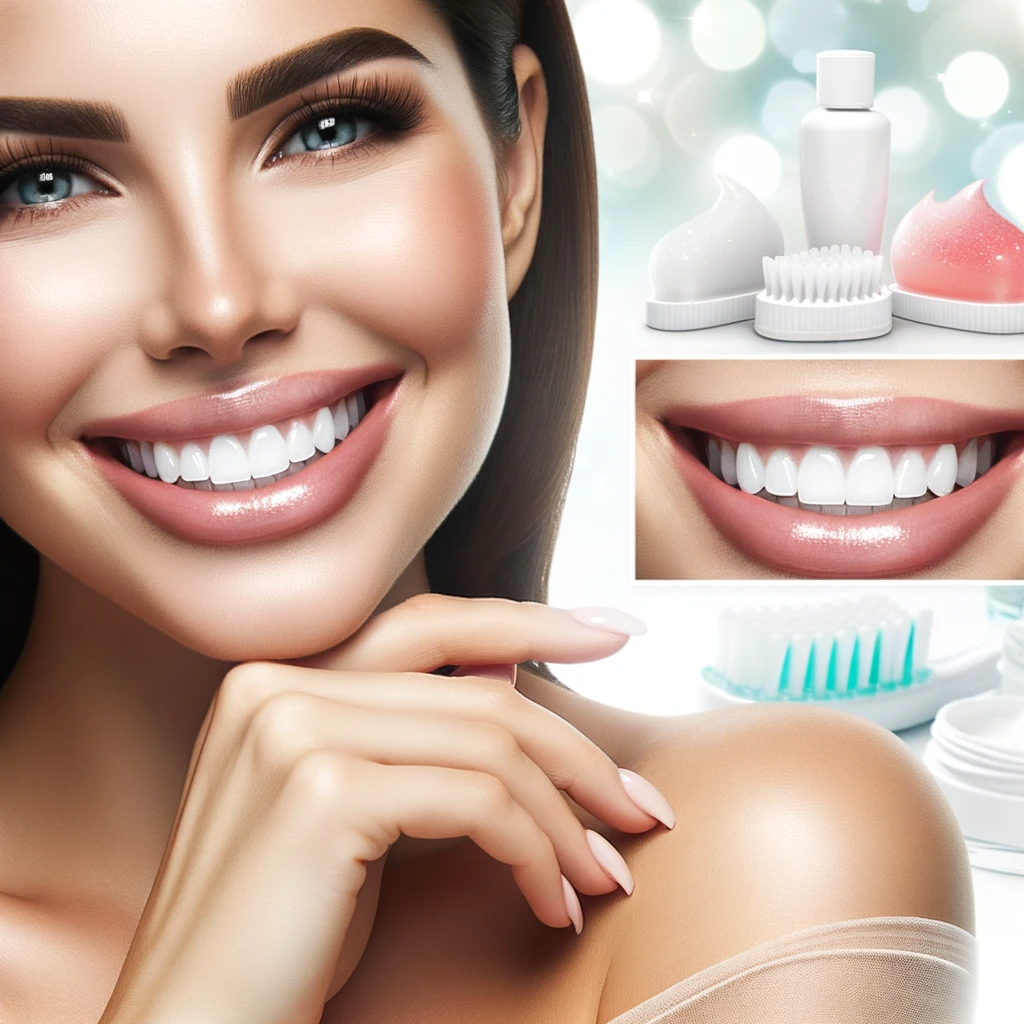A radiant smile can be a game-changer, and in today’s world, teeth whitening has emerged as a sought-after cosmetic dental procedure. With a myriad of options available, from over-the-counter products to professional treatments, the quest for the best teeth whitening method can be overwhelming. This article delves into the top methods, their effectiveness, and what to consider when choosing the perfect fit for your pearly whites.

1. Understanding Teeth Discoloration
Before diving into whitening methods, it’s essential to understand the root causes of teeth discoloration:
- Extrinsic Stains: Caused by external factors like coffee, red wine, tobacco, and certain foods.
- Intrinsic Stains: Originating from within the tooth, often due to aging, trauma, or exposure to certain medications.
2. Over-the-Counter Whitening Products
- Whitening Toothpastes: Contain mild abrasives that help remove surface stains. They’re an affordable option but may not offer dramatic results.
- Whitening Strips: Pre-coated with a whitening gel, they’re applied to teeth for specific durations. Convenient for at-home use, they can yield noticeable results in a few weeks.
- Whitening Gels and Trays: Offered with custom-fitted trays or one-size-fits-all options, these gels contain peroxide and can be quite effective when used consistently.
3. In-Office Professional Whitening
- Laser Teeth Whitening: A gel is applied to the teeth, and a laser is used to activate the whitening agent. It offers rapid results, often in just one session.
- Zoom Whitening: A specialized light activates a whitening gel, resulting in visibly whiter teeth in about 45 minutes.
- Custom Tray Whitening: Dentists provide a custom-fitted tray and a high-concentration whitening gel for at-home use, yielding professional-grade results.
4. Natural Whitening Methods
- Activated Charcoal: A popular DIY method, it’s believed to absorb stains, but its abrasive nature might erode enamel.
- Baking Soda and Hydrogen Peroxide: A time-tested combination, it can remove surface stains but should be used sparingly to prevent enamel damage.
- Oil Pulling: An ancient technique using coconut or sesame oil, it’s said to pull out toxins and lighten teeth, though scientific evidence is limited.
5. Factors to Consider When Choosing a Method
- Sensitivity: Some methods can increase tooth sensitivity. If you’re prone to it, opt for milder treatments or those specifically designed for sensitive teeth.
- Duration & Frequency: While some treatments offer instant results, others require consistent application over weeks.
- Cost: Professional treatments tend to be costlier than over-the-counter products. Evaluate your budget before deciding.
6. Post-Whitening Care
- Dietary Precautions: Avoid stain-causing foods and beverages immediately after the procedure.
- Maintain Oral Hygiene: Regular brushing, flossing, and dental check-ups ensure the longevity of the whitening results.
- Use Sensitivity Toothpaste: If you experience increased sensitivity, switch to toothpastes specifically designed to address this issue.
7. Conclusion: The Path to a Dazzling Smile
Teeth whitening can significantly enhance one’s confidence and appearance. While there’s no one-size-fits-all answer to the best method, understanding the options and consulting with a dental professional can guide you towards the most effective and safe choice. Remember, a brighter smile is just a method away!